Intel has taken an initiative so bold and defined, with clear and workable methods of implementation, that the results in the next 18 months could electrify notebook industry sales-volume in a manner similar to jump-starting your car's battery with a 50,000-volt power line. The really ominous caveat is the global economy, creating severe consumer price sensitivity. 

Specifications for ultrabooks have been defined, not by laptop makers, but by Intel. The overwhelming majority of PC manufacturers, are starting to make ultrabooks, or will do so in 2012.As a result, there will be numerous products about eight-tenths of an inch or thinner, weights of less than 3.1 pounds, battery-life in the 5 to 8-plus hours range, and solid-state (SSD) drives.
Ultrabooks offer the performance and connectivity of full-sized laptops, fast-boot, instant-on resume from sleep, and security features.


Ultrabooks and ultrathins are entering directly into the form-factor boundaries of netbooks, and even in the earliest models are already everything netbooks should have been, but never achieved. It should be noted that ultrabooks are a branded subset to the more inclusive, generic category known as ultrathins.
The Plan
Some would say the Intel plan is only a marketing method, and they are clearly wrong. Branding the products as Ultrabooks is only a fraction of this initiative, which has complex organizational plans, partners and solid silicon substance. In fact, it is far too good for AMD to stay on the sidelines, and they too are jumping in with their own Ultrathins.
Intel owns the trademark on the word ultrabook, and has defined it by the previously mentioned specifications, which produce material outcomes in real machines; and yes, that does compute, by producing lighter, thinner, better performing products than previously seen at such attractive prices. This is not only about marketing. It is about making PCs that out-gun MacBook Airs in price, with matching or better performance and form-factor, on software used by the majority on planet earth.
The organizational plans alone should put the industry on notice of the incoming tidal-wave. Intel says it has created a "$300 Million Ultrabook™ Fund targeted at...component and platform technologies...with tablet-like features", and eventually touchscreen displays. The plans have already required industry-wide coordination, with many OEMs (original equipment manufactures) collaborating from the very beginning. Intel’s future product-line, codenamed “Haswell,” is expected to reduce power consumption to half of the “thermal design point” for today’s microprocessors. To say these plans are complex and extensive would be an understatement. Intel also established the $100 Million Intel Capital AppUpSM Fund to invest in companies making infrastructure, middleware, applications, digital content, and experiences designed specifically for Ultrabooks.
Beyond all of the above, there is another somewhat astounding plan. Intel is arranging for ODMs (original design manufactures) to co-design and manufacture ready-to-sell ultrabooks to be badged and branded with the names of smaller companies that do not have resources to do so on their own.


In December of 2011 there were already a half-dozen alternatives to the MacBook Air, and approximately 50 more ultrathins to be introduced at the upcoming CES (Consumer Electronics Show). Some of those may arrive with AMD chips, at possibly lower price-points than Intel-based ultrabooks.
AMD manufactures APUs (accelerated processor units) that combine CPU and graphics functions onto a single chip to reduce energy consumption. Intel also makes HD-capable integrated graphics, but AMD is generally better on graphics performance. Even on AMD's low-end C-series and E-series there is enough power for graphics-intensive activities such as 3D gaming and Blu-ray video decoding.
Assessment
Intel is vested up to its neck in ultrabooks, because ultrathins are what netbooks always wanted to be when they grew up.Feel free to salivate: the best ultrathins are yet to come.
Current & Upcoming Ultrabook & Ultrathin Manufacturers Top-ten List
Acer
Asus
Dell
Fujitsu
HP
LG
Lenovo
Samsung
Sony
Toshiba
Potential Ultrathin Manufacturers List
Epson
Onkyo
Motion Computing
Mustek
Positivo
Viewsonic
WiPro
ODMs (potential players)
Compal
Flextronics
Foxconn
Inventec
Pegatron
Quanta
Wistron

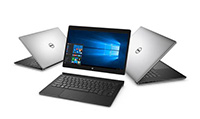 Laptop & Tablet Parts
Laptop & Tablet Parts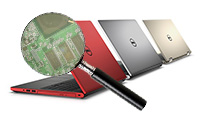
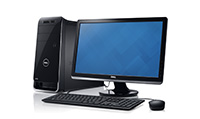

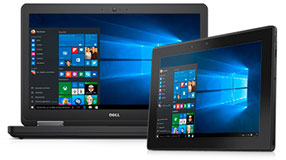


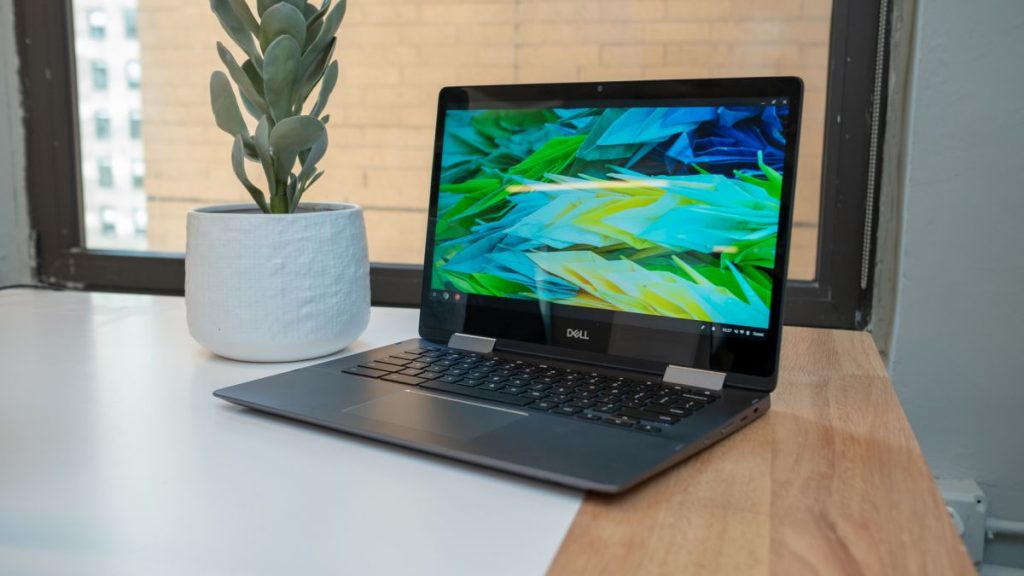
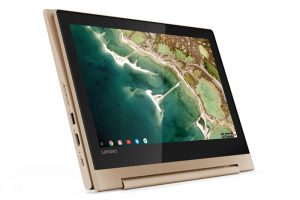
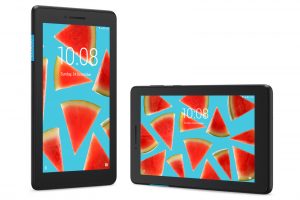
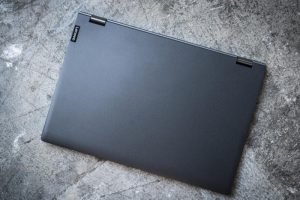
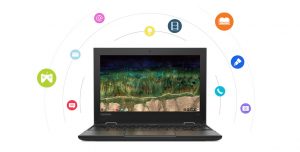
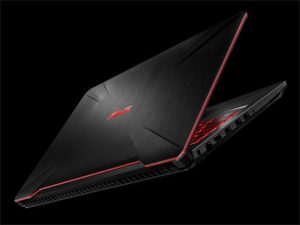
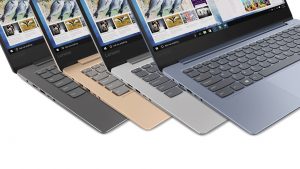
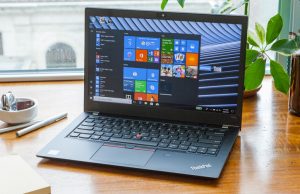
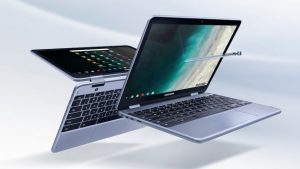
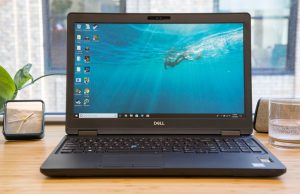
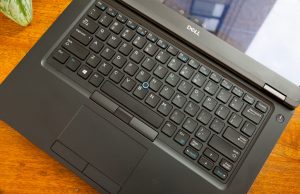
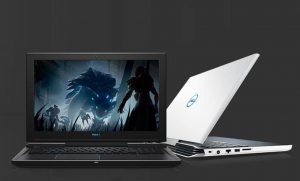
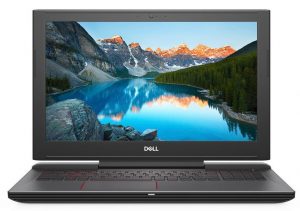
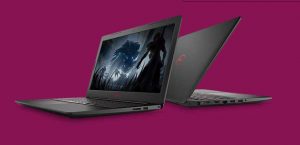
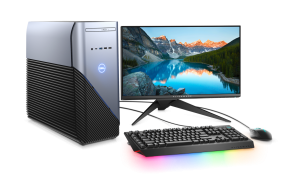

Pingback: Driving Convertibles & Merging Laptops + Tablets = Hybrids